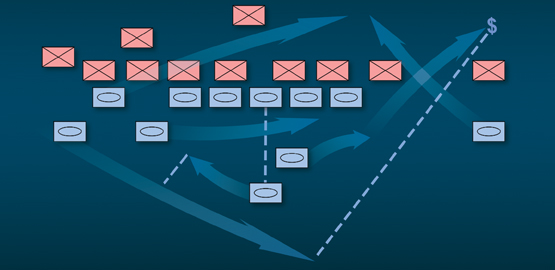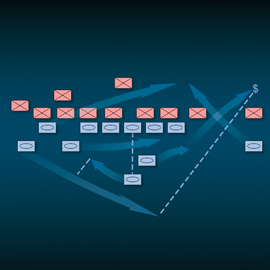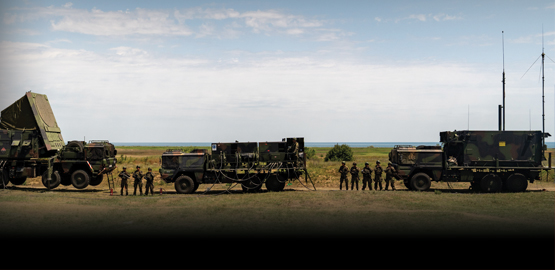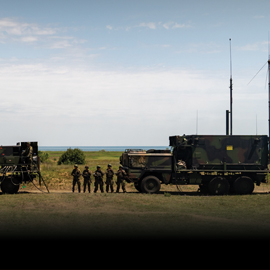Publications
"Nobody does defense policy better than CSBA. Their work on strategic and budgetary topics manages to combine first-rate quality and in-depth research with timeliness and accessibility—which is why so many professionals consider their products indispensable." – Gideon Rose, Editor of Foreign Affairs, 2010-2021
Focused Force: China’s Military Challenge and Australia’s Response
China’s ambitions, assertiveness, and massive military expansion have stimulated a major shift in Australia’s defense policy. From the AUKUS partnership to new allied posture arrangements to the acquisition of long-range strike capabilities, Australia is carrying out a series of ambitious initiatives to strengthen deterrence. Canberra has further called on the Australian Defence Force (ADF) to become a “focused force” designed to deal with the highest-order dangers. As Australia undergoes this strategic reorientation, it confronts weighty investment and divestment decisions that could have lasting consequences for force structure and posture.
Putting It All Together: The 2025 Defense Budget Request, Alternative Budget Proposals, and NATO Spending
With a new administration and new Congress entering office, experts from across the political spectrum have introduced competing proposals for future U.S. defense budgets. The most noteworthy aspect of these proposals is the extraordinary degree to which they differ. One issue driving the differences is NATO military spending. Much attention has centered on NATO members devoting at least 2 percent of their GDP to defense. Despite this attention, research has rarely projected the additional funding and forces that could be generated if all NATO countries met the 2 percent of GDP benchmark—or a higher target.
Understanding NATO’s Concept for Deterrence and Defense of the Euro-Atlantic Area
NATO, the largest and most powerful military alliance in history, turned seventy-five in April. In July, the leaders of NATO will return to the city where its founding document, the Washington Treaty, was signed in 1949. Most people have heard of NATO. Fewer know its most important document is the Strategic Concept, which is updated every decade or so, and sets the Alliance’s strategy. An even smaller group know about NATO’s “Concept for Deterrence and Defence of the Euro-Atlantic Area.”
More of the Same? The Future of the Russian Military And Its Ability to Change
Assessing the type of threat that Russia is likely to pose in the aftermath of the war in Ukraine is a critical challenge for the United States and its allies. What will the Russian military look like in the future? Some argue that the Russian military will remain a significant threat – and perhaps become a very different and even more serious one. This argument holds that the Russian military will reconstitute in a relatively short time frame and may reform according to lessons learned during the war in Ukraine. Others argue that the Russian military will pose a far less formidable conventional threat going forward. Not only has the war against Ukraine exposed fundamental weaknesses in the Russian military, the argument goes, but Moscow’s ability to address those weaknesses will be limited by available manpower, sanctions, and export controls.
2023 Annual Report
For nearly three decades, CSBA has provided consistent, high-quality, and innovative research on defense strategy, budgets, and the security environment.
An Ongoing and Necessary Renaissance: NATO’s Nuclear Posture
President Putin’s nuclear saber-rattling while the war in Ukraine has raged, along with lurid nuclear threats by Russian officials and propagandists, have once again focused attention on NATO’s nuclear mission. As the alliance approaches a summit in Washington later this summer, it is an appropriate time to review its nuclear posture.



























